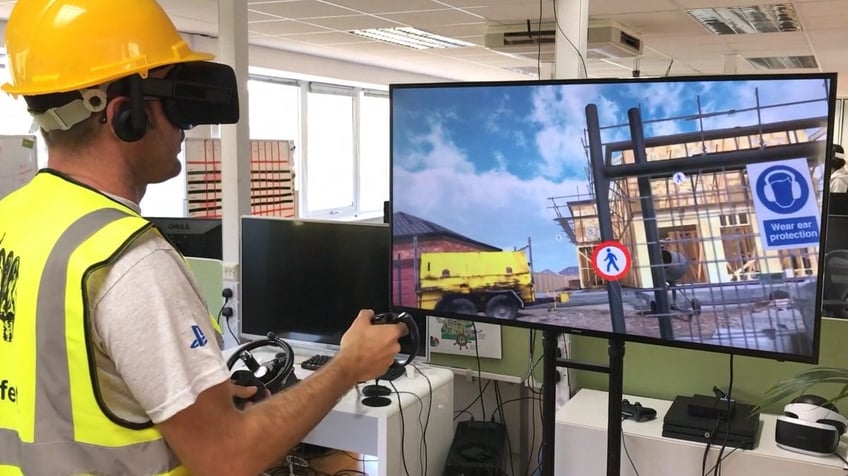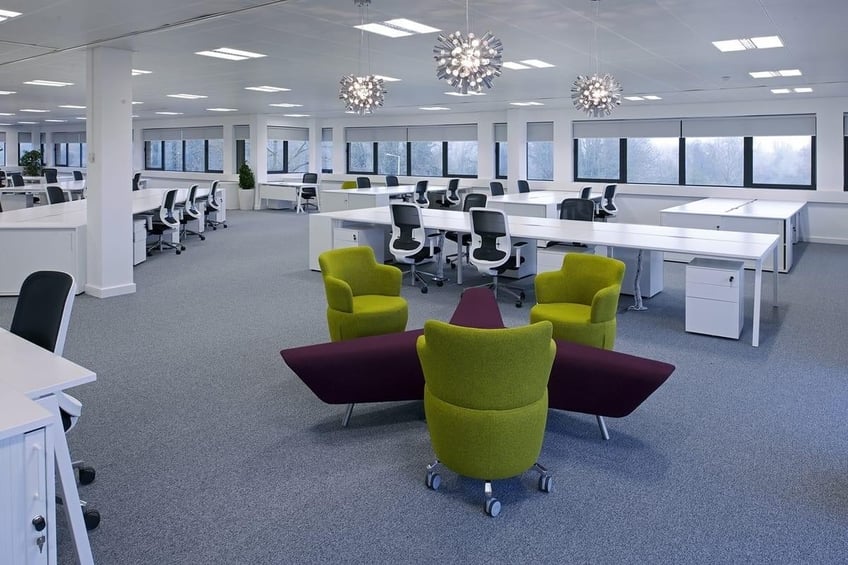With new waves of innovative technology constantly changing construction, it’s no surprise that Virtual Reality (VR) is playing an exciting role in the future of the industry. VR has provided an exciting new way for developers to visualise a new building or structure that design plans can’t. In recent years, entrepreneurs have developed a way to use Virtual Reality in architecture, interior design, and construction.
VR is no longer just for immersive video games. It’s becoming more and more prevalent in different industries every week. Check out iseekplant’s guide to VR and the construction industry below!
Bring your build to life – fast
How Virtual Reality is used in the construction industry
3D modelling and BIM adaptation

BIM (Building Information Modeling) is not the typical 3D models that are found in video games. Their main purpose is to make build asset data extraction and management easier by generating both 2D and 3D digital representations of physical places with their functional characteristics. BIM models paired with VR tech create an immersive, interactive and more detailed visual representation of a construction project. You can literally walk into a building that is yet to be erected.
Remote virtual site visits
A lot of construction sites aren’t easily accessible for project managers, especially if they’re of a larger scale. By combining Virtual Reality technologies and a 3D camera, you’re able to stream a 360-degree video in real-time and let any responsible parties have a site tour to monitor the progress of the project.
What does VR mean for construction companies?
1 - VR is cost-effective
Potential issues are easily identified during the initial design phase of the building process. Any alteration needs that are detected during the construction phase usually prove to be quite pricey and time-consuming when done at the site.
2 - VR provides realistic outcomes
Clients are easily able to access their object using a VR headset. They can explore every aspect of the project and provide feedback. This mitigates the risk of unrealistic outcomes or unfulfilled client expectations once the project is complete.

3 - VR will save time
Aside from the obvious ‘cool’ factor of virtual reality, one of the main benefits of previewing building designs is that it lowers the overall construction time. Designers and architects are able to create plans that are as close to you/your customer’s vision as possible, mitigating the risk of conflict because you know exactly what you’re going to get.
To keep up to date with the latest tech, industry and project news, subscribe to iseekplant’s Constructionsht blog today!


